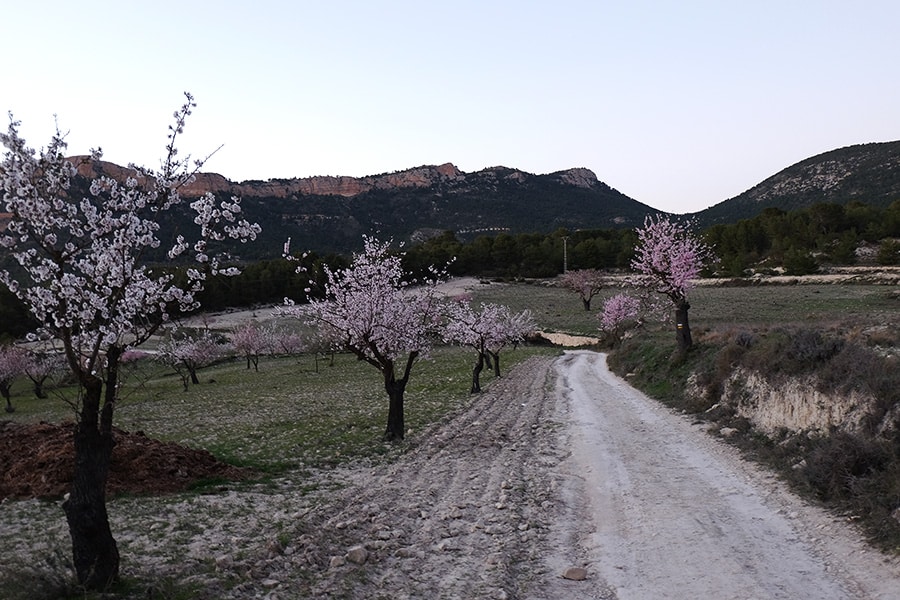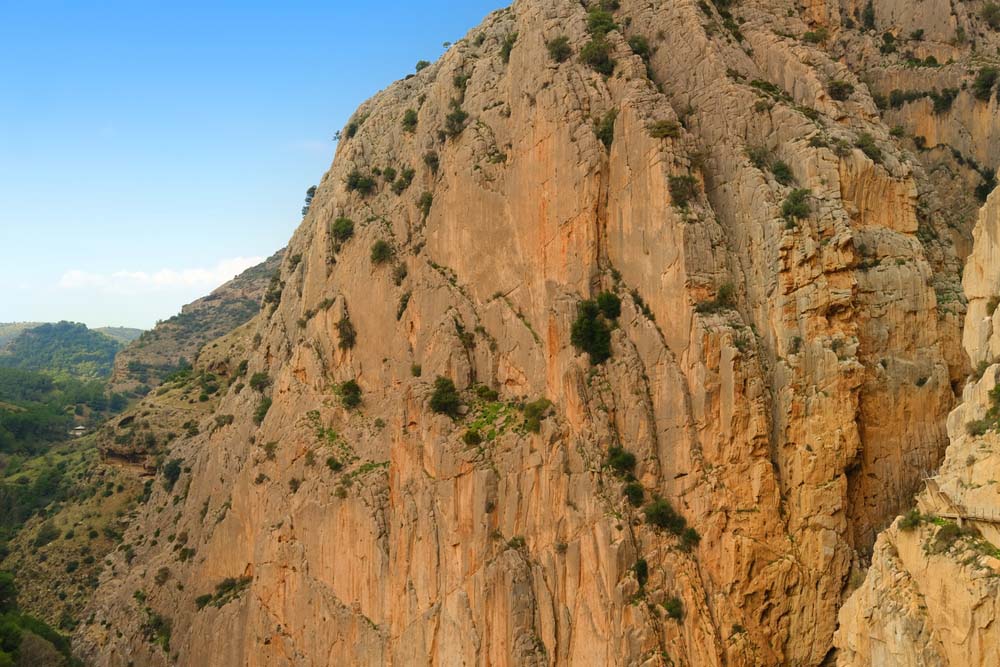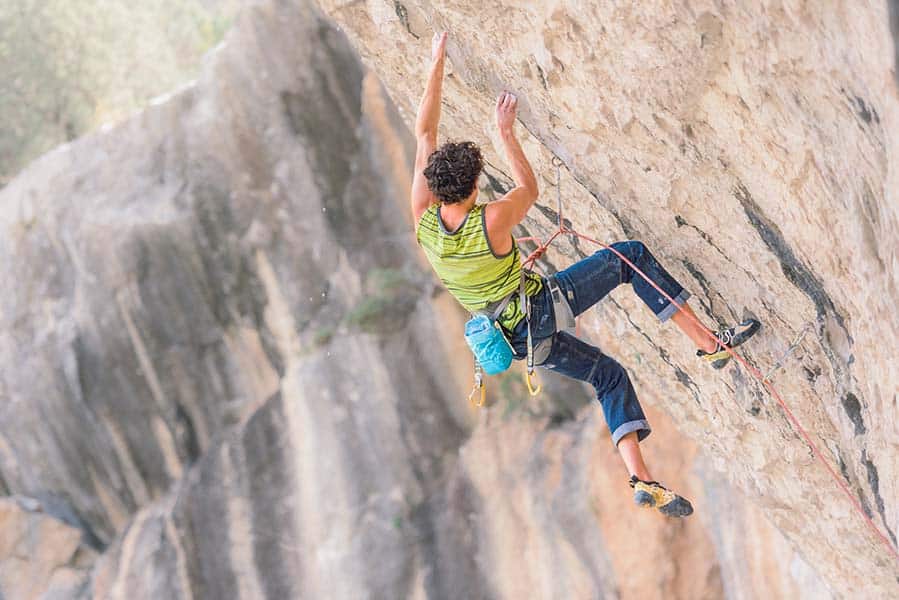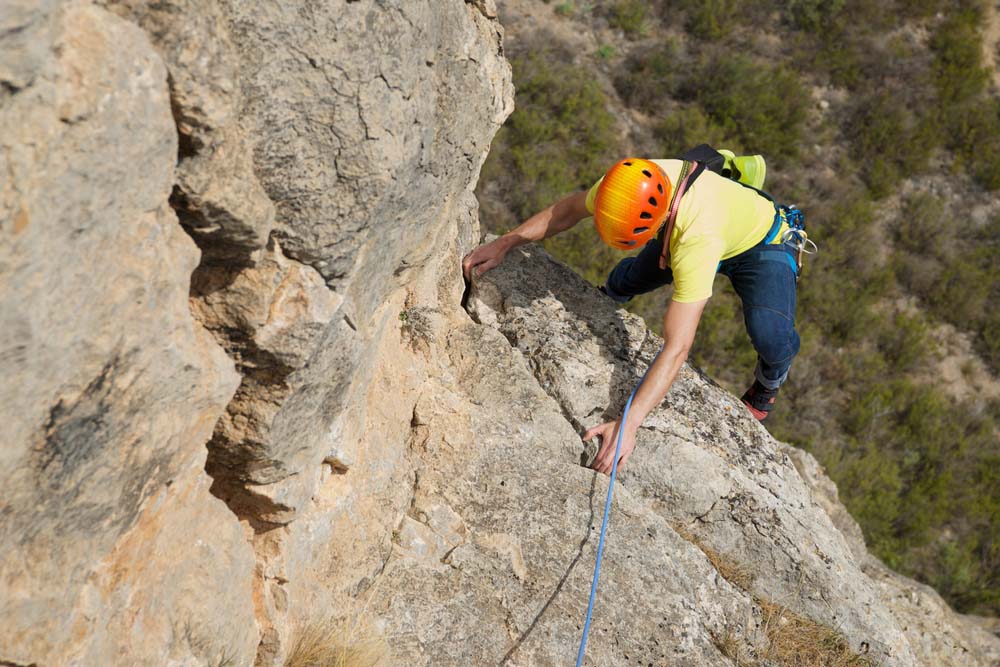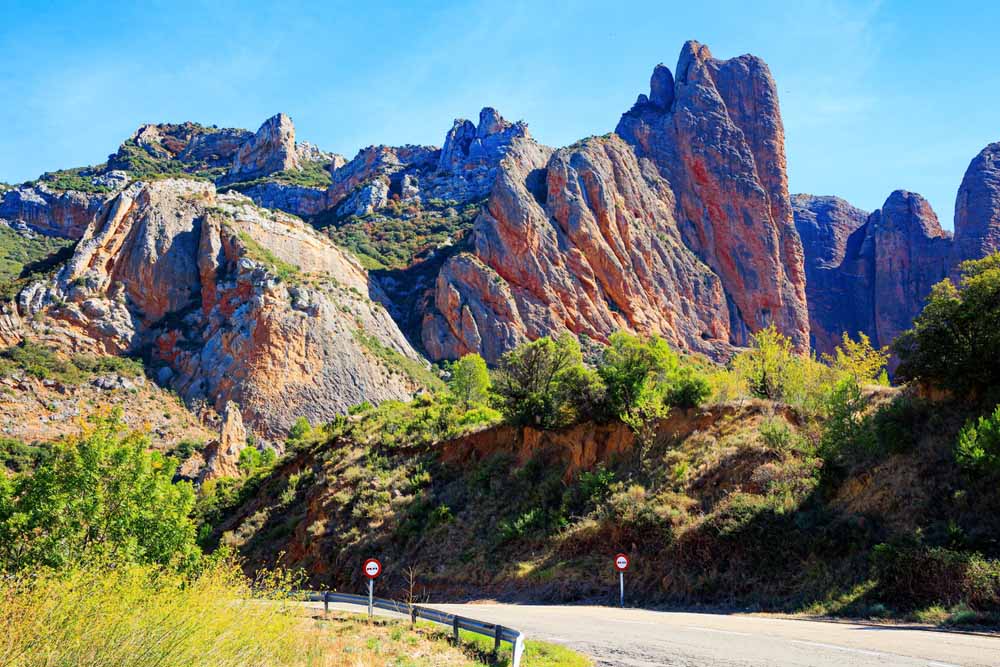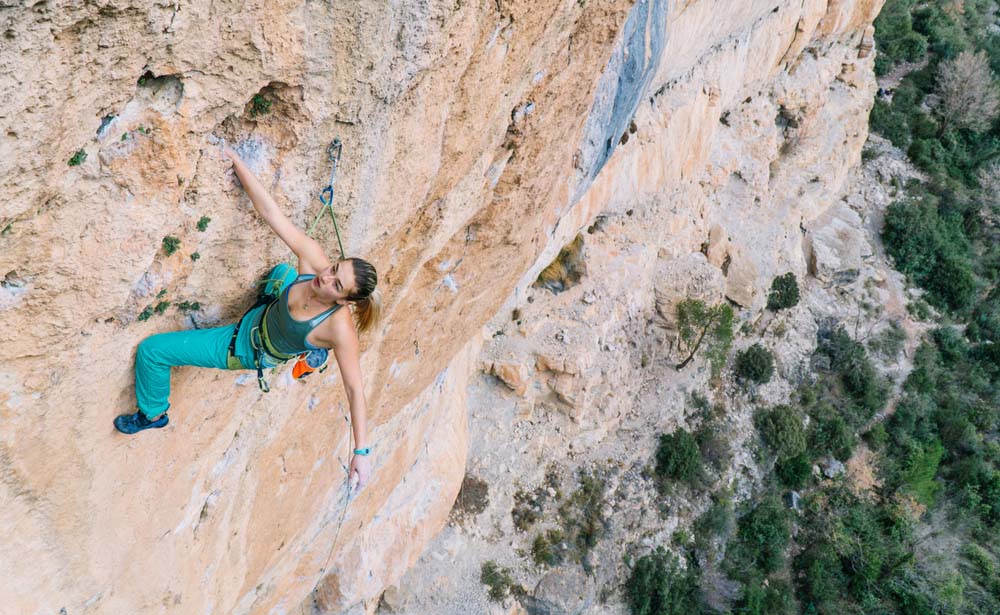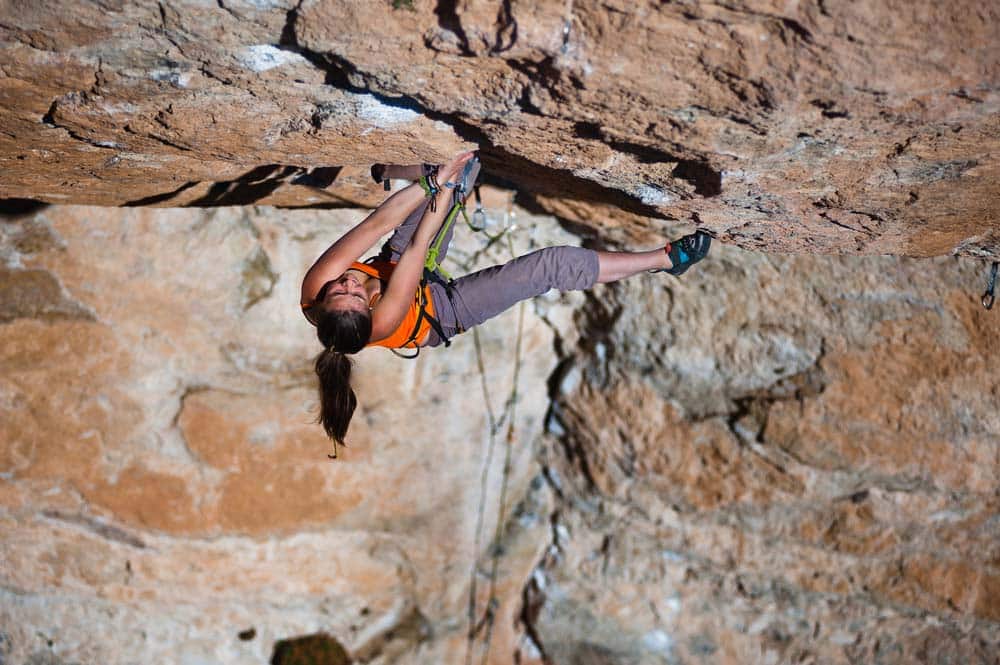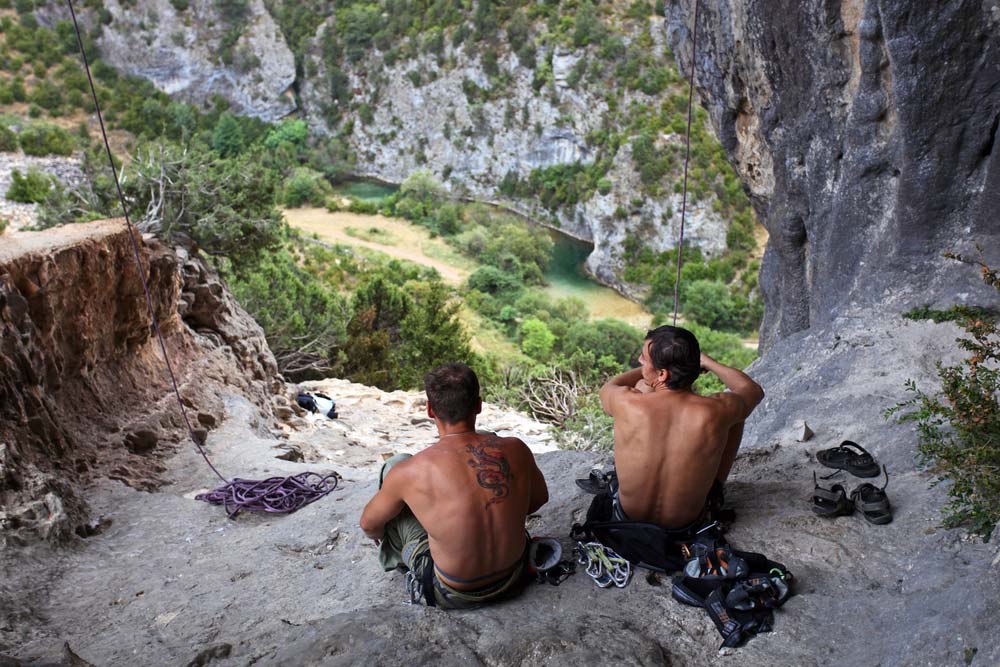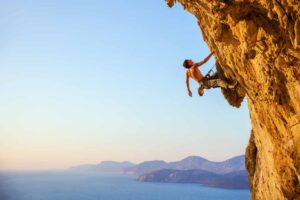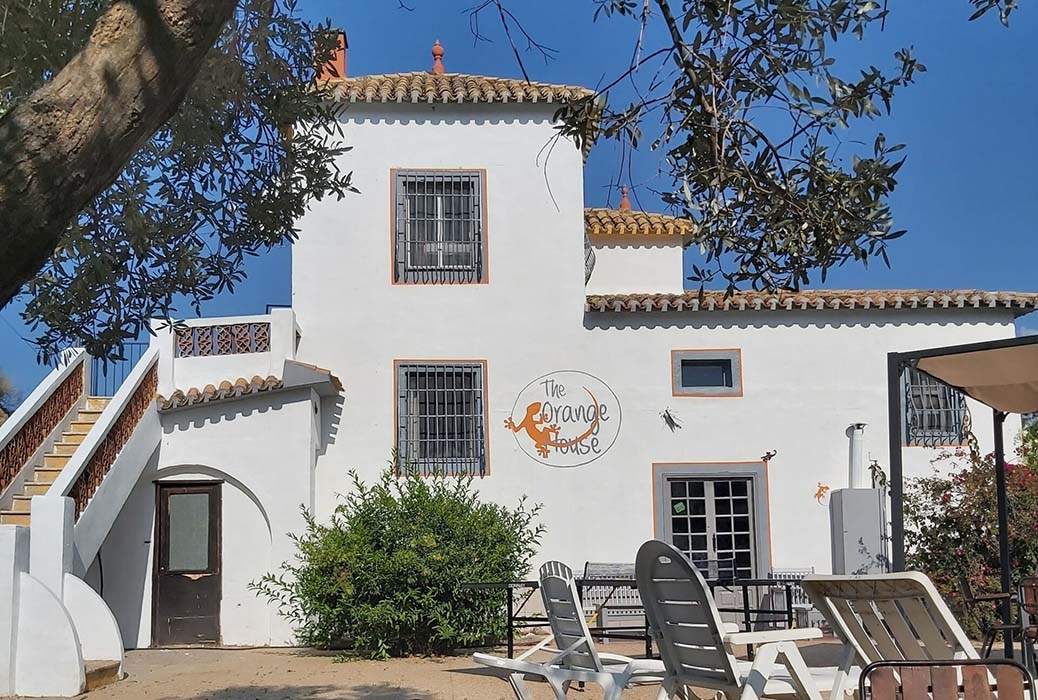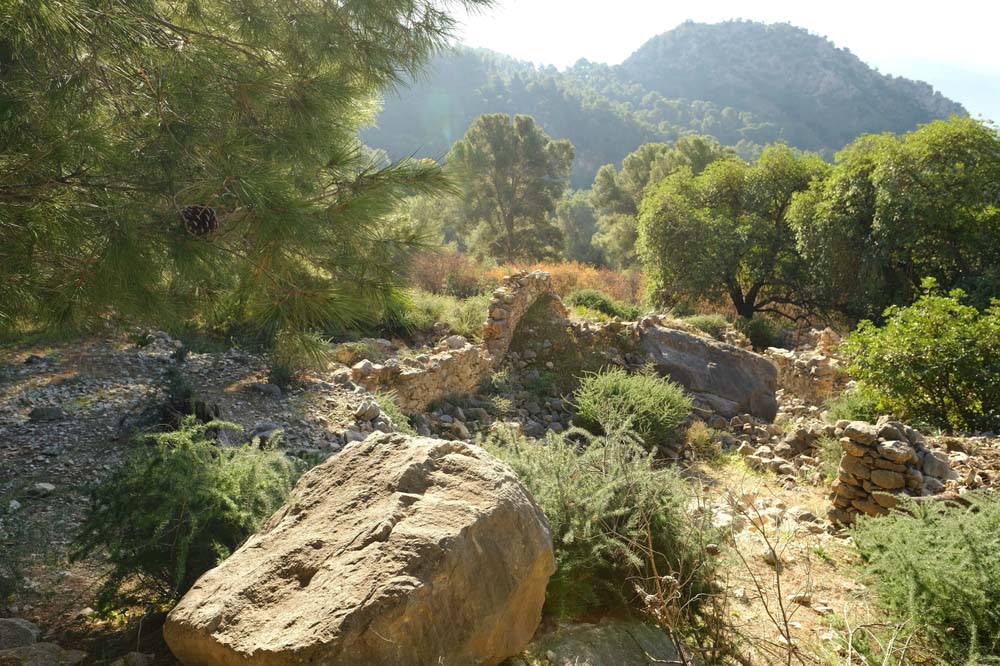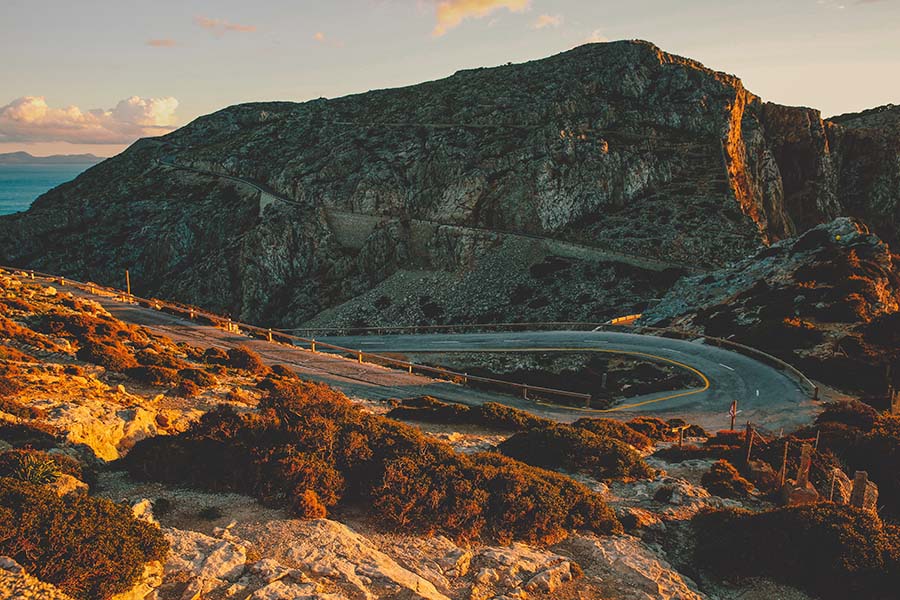It’s no secret that the country of Spain contains some of the world’s best rock climbing. Some of the strongest climbers are from Spain and the hardest routes are on Spanish soil. That’s why iconic rock climbing locations like Siruana, Margalef, La Pedriza, and Mallorca have beckoned climbers for decades.
However, if you are like me, then you might not have known that there is also legendary rock climbing along the Spanish Mediterranean coastline– the Costa Blanca. As you might imagine from Spain’s reputation for rock climbing, the climbing in Costa Blanca is spectacular.
Keep reading to learn about Costa Blanca climbing. Below I’ll do my best to share some of the most helpful information regarding planning a trip to Spain’s coastal limestone climbing paradise.
The Costa Blanca
The Costa Blanca, which translates to “white coast,” is 200 kilometers of coastline belonging to the Alicante Province on the southeastern coast of Spain. Technically, it extends from the town of Dénia in the north to Pilar de la Horadada in the south.
The name Costa Blanca, inspired by all the white rock formations, originated in the 1950s to promote tourism. Since then, the Costa Blanca has continued to be a winter getaway for travelers from other European countries.
But the Costa Blanca is no longer just a place tourists go to enjoy the beach during what would be a dreary winter back in their home country. Now, the Costa Blanca has developed into a well-known international climbing destination for rock climbers.
Rock Climbing Areas in Costa Blanca
The rock climbing on the Costa Blanca takes place on impeccable white (hence the name) limestone mountains, sea cliffs, caves, and towers. The crags along the Costa Blanca range from single-pitch cliffs to larger multi-pitch mountains.
The vast majority of the climbing is bolted sport climbing. However, there are some areas where you can climb with traditional gear, especially on the inland mountain formations.
Gandía
Almost all the crags in the Gandía region offer single-pitch sport climbing. However, there is the Aventador Crag which has some multi-pitch sport climbs.
In the Gandía region, there are hundreds of routes and at least eighteen different crags to choose from.
Xaló Valley
The climbing in the Xaló Valley is characterized by steep single-pitch sport climbing. There are well over 200 routes in this area spread over six different crags. In the Xaló Valley, Alcalali and Pena Roja are the two most popular crags.
Calpe
The Calpe Area is home to one of the largest concentrations of climbing on the Costa Blanca. It is most well known for the Penon D’lfach, a 300-meter limestone tower that has a ton of long and easy routes as well as long multi-pitch traditional routes.
Overall, there are well over 400 rock climbs in the Calpe Area over eight different crags.
Benidorm
The Benidorm zone is home to the Sella Crag, one of the most developed and best places to climb on the Costa Blanca. The Sella Crag has over 300 routes, offering everything from short single pitches to multi-pitch traditional climbing.
The Puig Campana is also located in the Benidorm area, one of the largest formations, home to rock climbs up to 13 pitches long. In all, there are over 700 rock climbs in the Benidorm area, spread out over eight different crags.
Alicante
The Alicante area has nine different crags and over 500 routes to choose from. Many of which are within an hour’s drive from the airport in the city.
Most of the best climbing in the Alicante area is single-pitch sport climbing. However, there are some longer climbs at the Reconco crag.
Murcia
The most southern region of the Costa Blanca is the Murcia area. There are only four crags in this area. However, there are still over 300 climbs to try. The best crag in the Murcia area is the huge Leyva crag which sits just south of Mula.
The Best Time to Climb in Costa Blanca
The best time to climb in the Costa Blanca region is from late September to May. During this time of the year, the temperature is usually cooler, and there is less rainfall.
| Average Temperature | Rain (millimeters) | Sun (hours) | ||
| Celsius | Fahrenheit | |||
| January | 12 | 54 | 25 | 5 |
| February | 13 | 55 | 25 | 6 |
| March | 14 | 57 | 25 | 6 |
| April | 15 | 59 | 25 | 7 |
| May | 17 | 63 | 25 | 8 |
| June | 22 | 72 | 20 | 9 |
| July | 25 | 77 | 10 | 10 |
| August | 25 | 77 | 25 | 9 |
| September | 24 | 75 | 50 | 7 |
| October | 20 | 68 | 65 | 6 |
| November | 19 | 66 | 35 | 5 |
| December | 14 | 57 | 25 | 5 |
Climbing in the summer is also possible. However, it’s recommended that you get an early start in the morning, climb in the shade, and bring lots of water.
If you want to enjoy summer climbing in the Costa Blanca, climbing on the ridges and in the higher mountains is the most manageable because the temperatures will be cooler than the coastline. And, of course, deep-water soloing is possible for the summer months.
Deep Water Soloing on the Costa Blanca
Deep water soloing, or psicobloque in Spanish, is a form of rock climbing that takes place on sea cliffs positioned over the ocean.
Deep water soloing (DWS) is a form of free solo rock climbing where you climb without ropes or any form of protection. Instead, when you fall, you plummet into a body of water and swim to shore after landing.
DWS is considered safer than normal free soloing, however, it does include a number of additional hazards that make the activity riskier than other forms of climbing, such as uncontrolled water entry, underwater hazards, and drowning.
For experienced climbers and skilled swimmers, DWS is a super fun style of climbing and the perfect modality for exploring the sea cliffs around the Costa Blanca during the summer when the other crags are too hot for climbing.
How To Get to Costa Blanca
The Alicante-Elche Airport, located in the city of Alicant, is the fifth largest airport in Spain and the gateway to the Costa Blanca. There are many options to fly direct to Alicante from various European cities, making flights to the Costa Blanca area super accessible and affordable.
Getting Around Costa Blanca
Once you arrive in the Costa Blanca region, renting a car is the preferred method for getting around. Fortunately, the driving is straightforward, and there isn’t much traffic.
If you don’t want to rent and drive, the local public bus and tram services are reliable. The two most popular bus services ALSA and Llorente, provide transport along the entire length of the coast.
Accommodations in Costa Blanca
The Costa Blanca of Spain has been and continues to be one of the most popular winter travel destinations for European travelers. Therefore, there is no shortage of accommodations to choose from. You can easily rent an apartment or villa or stay in a more traditional hotel or hostel.
However, if you are looking for the most “rock climber-friendly” experience, we recommend staying around the towns of– Finestrat, Sella, Calpe or Benidorm.
Regarding accommodations, there are a couple of spots that are popular amongst climbers.
The Costa Blanca Rock Climbing Guide Book
Regarding rock climbing guides, the Spain: Costa Blanca guidebook, written by Chris Craggs and Alan James, is the definitive source for climbing information.
The guidebook features Costa Blanca’s most popular climbing regions– Murcia, Alicante, Benidorm, Calp, Xaló Valley, Gandía Area, and the Costa Blanca Ridges. Between these six regions, the book covers 40 separate crags and over 3,000 rock climbs.
For each area, the guidebook features a highly detailed map, a description of the area and the approach, GPS coordinates for the parking areas, and other insightful information. And, of course, it includes hundreds of high-quality and color photo-topos.
Local Guide Services
Climbing in the Costa Blanca region is super accessible and possible to do on your own, especially if you have the guidebook.
But depending on your experience level or the type of rock trip you want to have, you may consider getting in touch with one of the local guide services.
Local Climbing Ethics in Costa Blanca
Whenever you travel to a new place, it’s best practice to follow the local climbing ethics to the best of your ability. Fortunately, many climbing communities all over the world follow a lot of the same guidelines, including on the Costa Blanca.
Nonetheless, here are some ethics you should consider when climbing at the crags around the Costa Blanca.
- Noise pollution: there are a number of crags located nearby homes and neighborhoods. Therefore, monitor your noise level and avoid creating unnecessary noise pollution (i.e., loud music and shouting).
- Parking: because some of the crags are nearby neighborhoods, parking can be limited. Avoid parking in front of local’s homes.
- New routing: new routers should do their best to follow the local ethic regarding route development. They should only bolt crags that are already bolted, but avoid “squeeze jobs” and consult local developers if you are interested in bolting virgin rock.
- Leave no trace: whenever possible, leave no trace as you climb along the Costa Blanca– stay on trail, avoid damaging flora and fauna, respect animal closures, and mitigate erosion at the cliffs.
Pro Tips for Better Enjoyment
- When driving around the Costa Blanca, use the motorway AP-7 instead of the coastal road N332. Although the motorway is less scenic, you will be able to avoid a lot of holiday traffic.
- Try out one of the many via ferratas during your stay along the Costa Blanca–Ferrata de Villena, Ferrata de Ponoch, or Ferrata del Cid.
- If you are going to the Costa Blanca exclusively to sport climb, bring a lot of quickdraws and maybe even a 70-meter rope because many of the routes are long.
- If you want to check out some of the larger inland formations, like the Puig de Campana, it’s useful to bring a rack of trad climbing gear to protect the runouts between bolts and to climb the pure gear routes.
Final Thoughts About Costa Blanca Climbing
The Costa Blanca is one of Spain’s most popular year-round travel destinations. It boasts spectacular sandy beaches, charming villages, limestone mountains, and plenty of fun activities.
But if you are a climber, then all that really matters is the rock. The different crags scattered around the Costa Blanca region have it all– steep sport climbing, trad climbs, long multi-pitches, ridgelines for scrambling, via ferrata routes, bouldering, and even canyoneering.
I cannot believe it took me this long to figure it out, but it has become clear– the climbing on the Costa Blanca of Spain is absolutely worth a visit.



